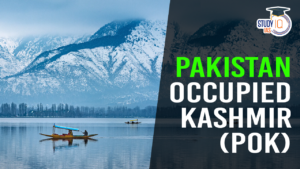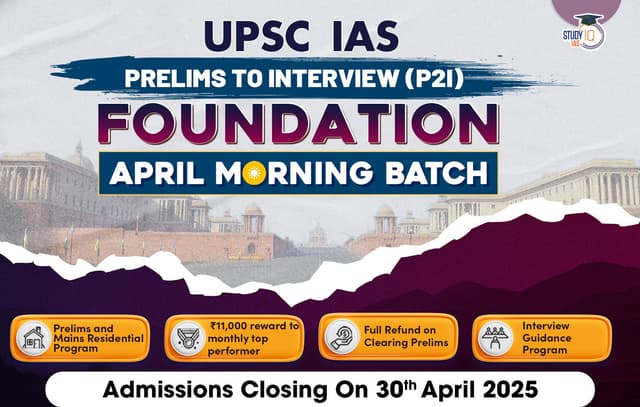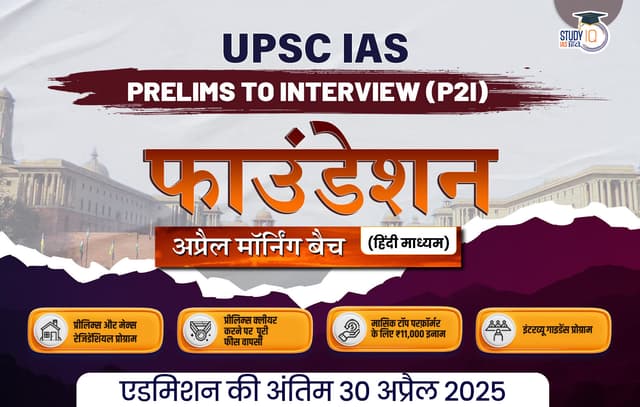Table of Contents
Line of Actual Control (LAC)
Context
The delegations from India and China met at Shanghai Cooperation Organisation (SCO).
What is the Line of Actual Control (LAC)?
- Demarcation Purpose: LAC serves as the demarcation line separating Indian-controlled territory from Chinese-controlled territory.
- Sector Division:
- Eastern Sector: Spans across Arunachal Pradesh and Sikkim.
- Dispute: China claims the entire Arunachal Pradesh, referring to it as South Tibet.
- Middle Sector: Located in Uttarakhand and Himachal Pradesh.
- Dispute: The middle sector is relatively less controversial, except for the precise alignment in areas like the Barahoti plains.
- Western Sector: Found in Ladakh.
- Dispute: Major disagreements arise in the western sector, where the LAC’s definition is based on the extent of control exercised by each side, as articulated in Zhou Enlai’s 1959 correspondence with Nehru.
- Length Discrepancy:
- India’s Perspective: Considers the LAC to be 3,488 km long.
- China’s Perspective: Views the LAC as being approximately 2,000 km long.
- India’s Claim Line: The official boundary marked on maps released by the Survey of India includes both Aksai Chin and Gilgit-Baltistan.
- For India, LAC is not the claim line.
- China’s Claim Line: For China, LAC is the claim line.
- Eastern Sector: Spans across Arunachal Pradesh and Sikkim.
History Related to LAC
- Origin of LAC: The term “LAC” was first mentioned by Chinese Premier Zhou Enlai in a letter to Indian Prime Minister Jawaharlal Nehru in 1959, describing it as the line up to which each country exercises control. This came after initial mentions of such a line in 1956.
- Post-1962 War Adjustments: After the 1962 Sino-Indian War, China claimed it had withdrawn 20 km behind its perceived LAC of November 1959, a claim that was reiterated by Zhou Enlai in communications post-war.
- India’s Rejection of the LAC: India initially rejected the concept of the LAC in 1959 and during the 1962 conflict, questioning its validity and the vagueness of its definition.
- India’s Acceptance of the Concept of the LAC: During a 1993 Agreement To Maintain Peace And Tranquillity At The Border, following discussions between Chinese Premier Li Peng and Indian Prime Minister P.V. Narasimha Rao in 1991.
- This acceptance was not of the 1959 or 1962 LAC but of the LAC at the time of the agreement.
- Map Exchanges and Clarification Attempts: India and China have attempted to clarify the LAC, exchanging maps for the middle sector but facing difficulties and stalling in clarifying the LAC for the western sector.
- Continued Disputes and Standoffs: Despite agreements to maintain peace, disputes and standoffs, such as the 2017 Doklam crisis, continue to occur along the LAC, with China often reiterating its stance on the 1959 LAC.
Gharial
Context
The presence of Indian Gharial (Gavialis gangeticus) in Greater Kaziranga has been confirmed by the forest department after a gap of 75 years.
About Gharial (Gavialis gangeticus)

- Gharials, also known as gavial
- Gharial populations are indicators of clean river water.
- Features:
- Gharial has a very long and narrow snout.
- Adult gharials primarily eat fish, while juveniles also feed on insects, crustaceans and frogs.
- Conservation Efforts:
- Breeding Centers:
- Kukrail Gharial Rehabilitation Centre, Lucknow, Uttar Pradesh
- National Chambal Sanctuary (Gharial Eco Park, Madhya Pradesh)
- Distribution:
- Globally Gharial is found only in India and Nepal.
- The only viable population in the National Chambal Sanctuary is spread across the states of Uttar Pradesh, Rajasthan, and Madhya Pradesh in India.
- Small non-breeding populations exist in Son, Gandak, Hooghly and Ghagra rivers.
- Conservation Status:
- IUCN Red List: ‘Critically Endangered’.
- Wild Life (Protection) Act, 1972: Schedule I.
- Threats:
- Increased river pollution
- Dam construction
- Large-scale fishing operations
- Floods
- Illegal sand mining
- Poaching
- Breeding Centers:
Shanghai Cooperation Organisation (SCO)
Context
The Shanghai Cooperation Organisation (SCO) Summit concluded in Astana, Kazakhstan.
About Shanghai Cooperation organisation (SCO)
- Origins: Began as the “Shanghai Five” in 1996, including China, Russia, Kazakhstan, Kyrgyzstan, and Tajikistan, aiming to manage post-Soviet regional issues.
- Formation: Established as an international organisation on June 15, 2001, in Shanghai, adding Uzbekistan as the sixth member.
- Current Members: Before Belarus’s inclusion, the members were China, India, Iran, Kazakhstan, Kyrgyzstan, Pakistan, Russia, Tajikistan, and Uzbekistan.
- Observers: Afghanistan and Mongolia.
- Evolution and Expansion:
- Initial Focus: The SCO initially concentrated on security issues and managing ethnic tensions in the post-Soviet landscape.
- Inclusion of India and Pakistan: In 2017, the inclusion of India and Pakistan reflected the balancing act between Russian and Chinese influences.
- Recent Expansions: Belarus’s formal admission and Iran’s recent inclusion signify the SCO’s expanding membership amidst global geopolitical shifts.
Significance of the SCO
- Regional Influence: Includes major regional powers like Russia and China, positioning it as an alternative to Western-dominated international order.
- Economic and Security Cooperation: Focuses on cooperation in security, counter-terrorism, and regional stability.
- Strategic Rivalries: Despite cooperation, there is underlying competition between China and Russia for influence within the SCO.
- Infrastructure Investments: China’s Belt and Road Initiative (BRI) plays a significant role in its involvement in the region.
India’s Role and Interests in the SCO
- Strategic Engagement: Allows India to enhance cooperation with Central Asian countries and engage in regional security discussions.
- Regional Anti-Terrorist Structure (RATS): Facilitates counter-terrorism exercises and intelligence sharing among members.
- Complex Relationships: India’s membership is complicated by its tense relations with China and Pakistan.
- Belt and Road Initiative (BRI): India opposes the BRI due to the China-Pakistan Economic Corridor (CPEC) passing through Pakistan-occupied Kashmir.
Challenges within the SCO
- Rivalries and Tensions: Despite declarations of cooperation, underlying rivalries between member states, especially between China and India, persist.
- Limited Tangible Outcomes: Many initiatives remain vague, allowing countries to sidestep rivalries without addressing underlying conflicts.
- US Influence: The expansion is partly driven by the deteriorating US relations with China and Russia.
Relevance for India
- Engagement Platform: Provides a platform for India to engage with Central Asian countries and other regional players on security and economic issues.
- Counter-Terrorism Cooperation: Participation in RATS for enhanced counter-terrorism efforts.
- Diplomatic Balancing: Navigating relationships with both adversaries (China, Pakistan) and allies (Russia) within the organisation.
- Opposition to BRI: India’s refusal to endorse BRI reflects its strategic concerns over territorial sovereignty.
Examples, Case Studies and Data
- Death Due to Pollution (GS 3): On average, over 7% of all daily deaths in 10 of the most polluted cities in India including Delhi, Bengaluru, and Mumbai, were linked to PM2.5 levels higher than WHO guidelines for safe exposure.
- Decline in Poverty (GS 3): Poverty in India is estimated to have declined to 8.5% in 2022-24 from 21.2% in 2011-12, as per a paper by NCAER.


 Serious Fraud Investigation Office (SFIO...
Serious Fraud Investigation Office (SFIO...
 Article 142 of Indian Constitution, Sign...
Article 142 of Indian Constitution, Sign...
 Pakistan-Occupied Kashmir (PoK): History...
Pakistan-Occupied Kashmir (PoK): History...





















